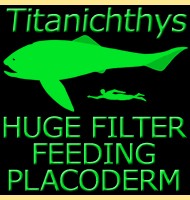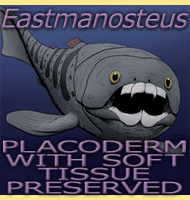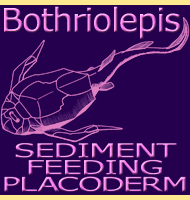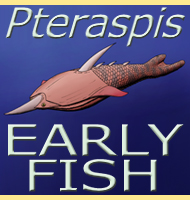


Actinolepis
Name:
Actinolepis.
Phonetic: Ak-tin-lep-is.
Named By: Agassiz - 1845.
Classification: Chordata, Placodermi,
Arthrodira, Actinolepidae.
Species: A. tuberculata
(type), A. magna, A. spinosa, A. zaikai
Diet: Carnivore.
Size: Unavailable.
Known locations: Belarus. Estonia - Lepel
Beds. Latvia - Sevy Dolomite. New Zealand - Adam Mudstone
Formation.
Time period: Early Devonian.
Fossil representation: Armoured plates.
Actinolepis
is a genus of placoderm
fish that lived during the Devonian period.
Fossils of Actinolepis have usually been more
associated with Eastern
Europe, but at least one species of Actinolepis
is known from fossil
deposits in New Zealand. It is worth remembering that back in the
Devonian the planets land masses were arranged very differently to how
they are today and coming together to form a supercontinent before
breaking apart again. This made it easier for some types of animals
to have what appears today as a very large geographical range.
Further reading
- Actinolepis spinosa n. sp. (Arthrodira)
from the Early
Devonian of Latvia. - Journal of Vertebrate Paleontology. 5
(4): 287–292. - Elga Mark-Kurik - 1985.
- A new actinolepid arthrodire (Class Placodermi) from the Lower
Devonian Sevy Dolomite, east-central Nevada. - Zoological Journal
of the Linnean Society 129(2):241-266. - H. G. Johnson,
D. K. Elliott & J. H. Wittke - 2000.
- New Early Devonian (late Emsian) placoderms from Belarus. -
Journal of Paleontology. 94 (4): 773–787. - Dmitry P.
Plax & Michael J. Newman - 2020.
Random favourites
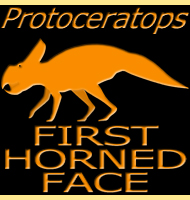 |
 |
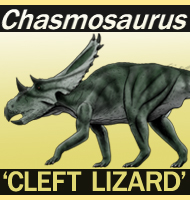 |

